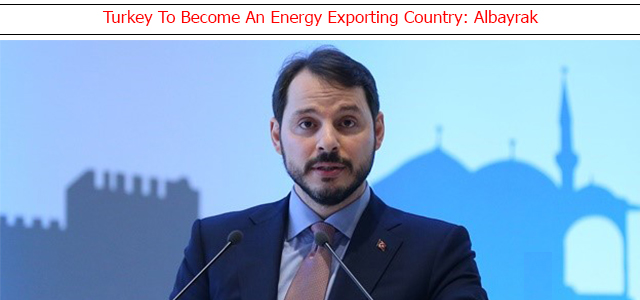Article
Application of GIS in Electrical Distribution Network System
By: Ihiabe Y. Adejoh, Ajileye O.O , Alaga A.T , Samson A. Samuel and S. O. Onuh
The distributions of electrical energy to end users in most urban area are faced with divers spatial problems particularly with the use of analogue system. Based on this, this study seeks to use geospatial technique for effective management of electricity distribution. The study assesses the spatial relationship between power holding company of Nigeria (PHCN) assets and their customer’s connectivity in the study area and makes decision on how to improve and manage electricity distribution. The result shows that, the study area has only one transformer rated 500KVA with 4 upriser connected to numerous distribution lines serving 250 buildings with an average consumption rate of 2.1KW and total consumption of 525.6KW with an excess of 25.6KW, indicating that the transformer is overloaded. It is evident from the finding that asset management, load shedding technique, can easily be managed with the use of geospatial technique.



